Artemisia Gentileschi and her time
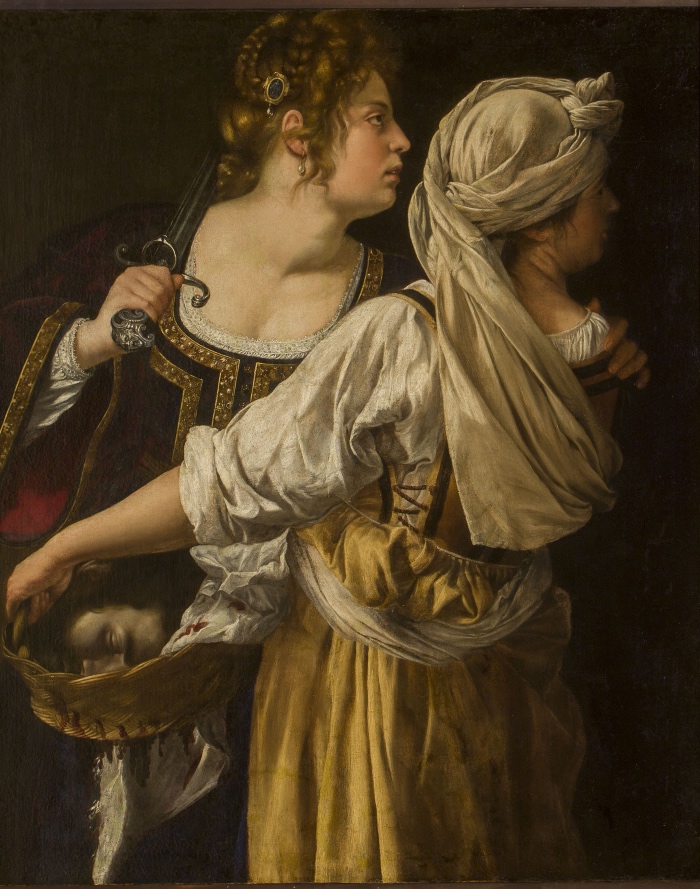
Artemisia Gentileschi Giuditta e la fantesca Abra, 1613 ca.Olio su tela, 114×93,5 cm Firenze, Gallerie degli Uffizi Gabinetto Fotografico delle Gallerie degli Uffizi
ARTEMISIA GENTILESCHI AND HER TIME
Artemisia Gentileschi (1593-1653) was a very talented woman, and a refined intellectual.
Her artistic career is as extraordinary as her life, and she is a symbol for those who think that talent and a strong personality can make the difference, and change the destiny that seems to be already planned.
The Palazzo Braschi Museum in Rome at narrates the story of Artemisia Gentileschi with an exhibition which I’ve already put on the list of the unmissable exhibitions in Rome but which is on view up to May 7th 2017 to allow you to retrace the life of Artemisia and to admire her works.
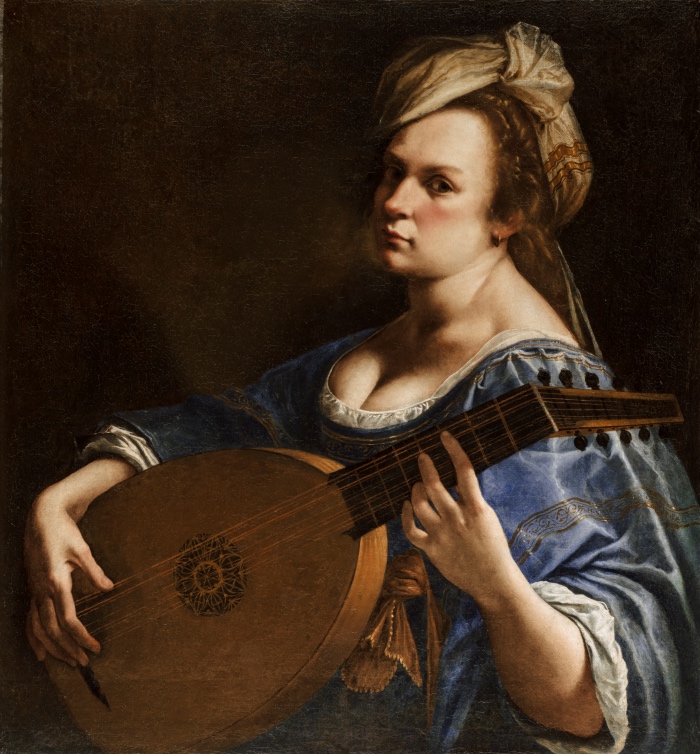
Artemisia Gentileschi Autoritratto come suonatrice di liuto, 1617-18 ca. Olio su tela, 65,5×50,2 cm Hartford, Wadsworth Atheneum Museum of Art CT, Charles H. Schwartz Endowment Fund ©Allen Phillips/Wadsworth Atheneum L’opera sarà presente in mostra fino a febbraio
On view around 100 works, coming from all over the world, which compare and contrast Artemisia with artists of her time, but above all describe the talent of a woman who entered very young the Accademia delle Arti del Disegno (Academy of the Arts of Drawing) of Florence, prevailed over violence and financial difficulties, establishing herself on the artistic scene as an absolute queen.
In this post I’ll show you a selection of the works on exhibition you must see.
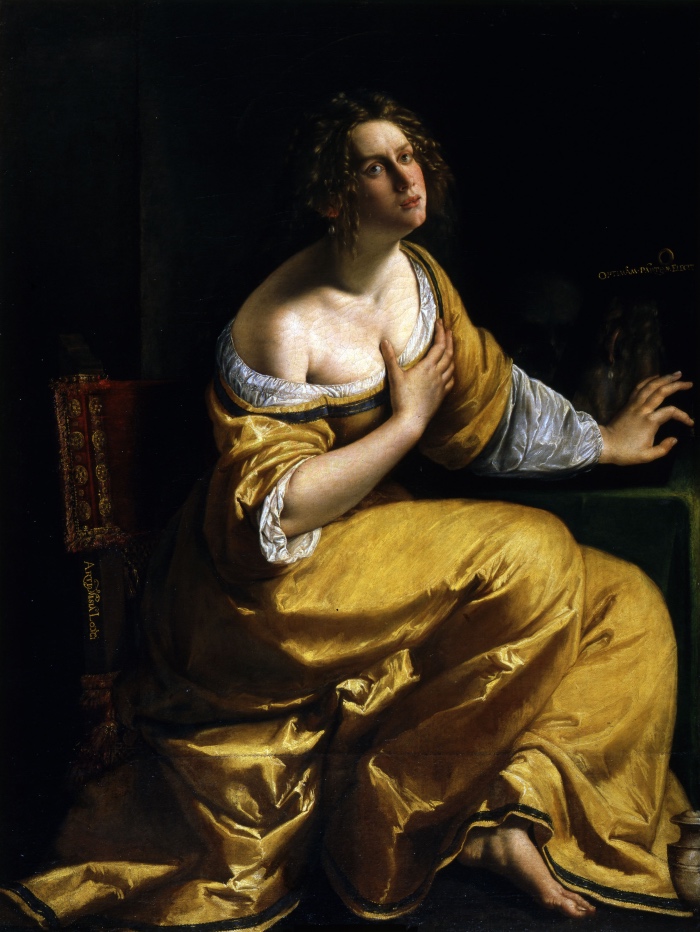
Artemisia Gentileschi La conversione della Maddalena, 1616-17 ca. Olio su tela, 146,5×108 cm Firenze, Gallerie degli Uffizi Gabinetto Fotografico delle Gallerie degli Uffizi
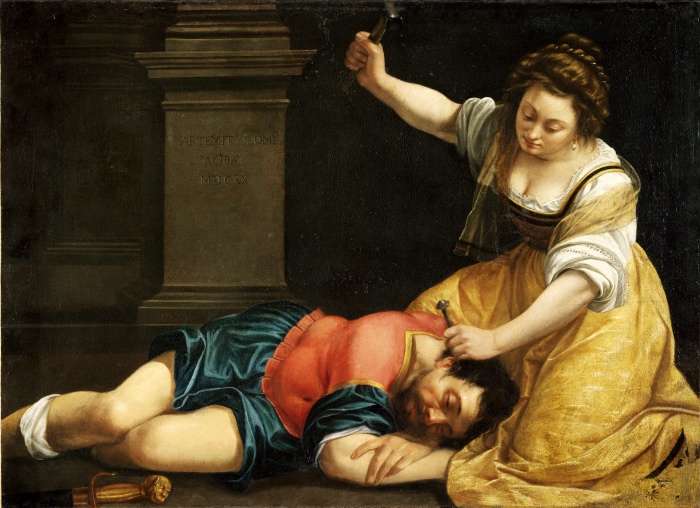
Artemisia Gentileschi Giaele e Sisara, 1620 Olio su tela, 86×125 cm Museo di Belle Arti di Budapest
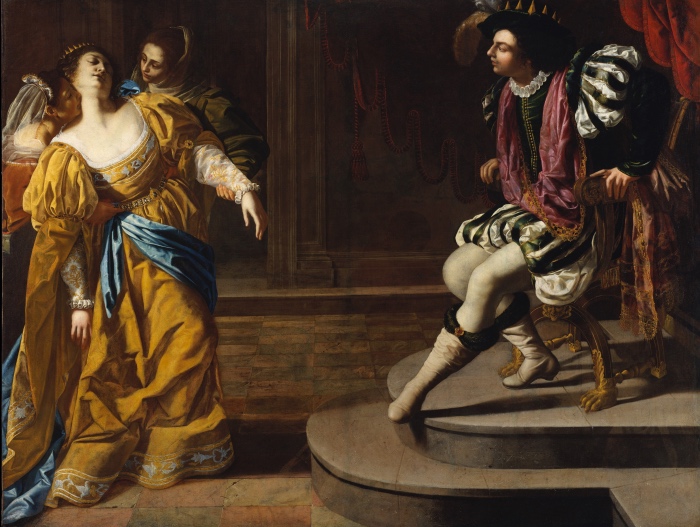
Artemisia Gentileschi Ester e Assuero, 1626-29 ca. Olio su tela, 208,3×273,7 cm Lent by The Metropolitan Museum of Art, gift of Elinor Torrance Ingersoll, 1969 © The Metropolitan Museum of Art
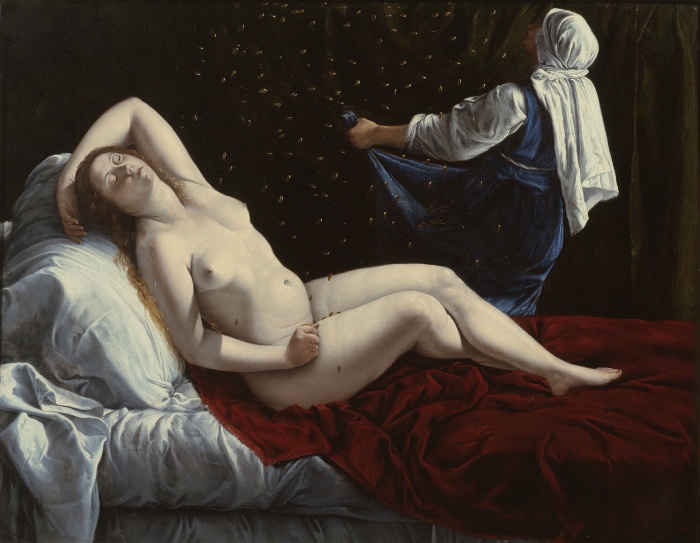
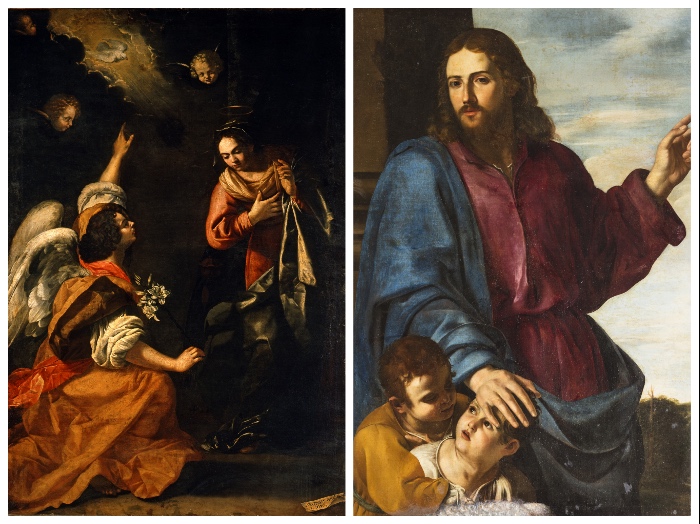
Artemisia Gentileschi Annunciazione, 1630 Olio su tela, 257×159 cm Napoli, Museo di Capodimonte © Museo e Real Bosco di Capodimonte – su concessione del Ministero dei Beni e delle Attività Culturali e del Turismo
Lasciate che i pargoli vengano a me (Sinite Parvulos), 1629-30 ca. Olio su tela, 134,6×97,7 cm Arciconfraternita dei Santi Ambrogio e Carlo in Roma ©Giuseppe Schiavinotto
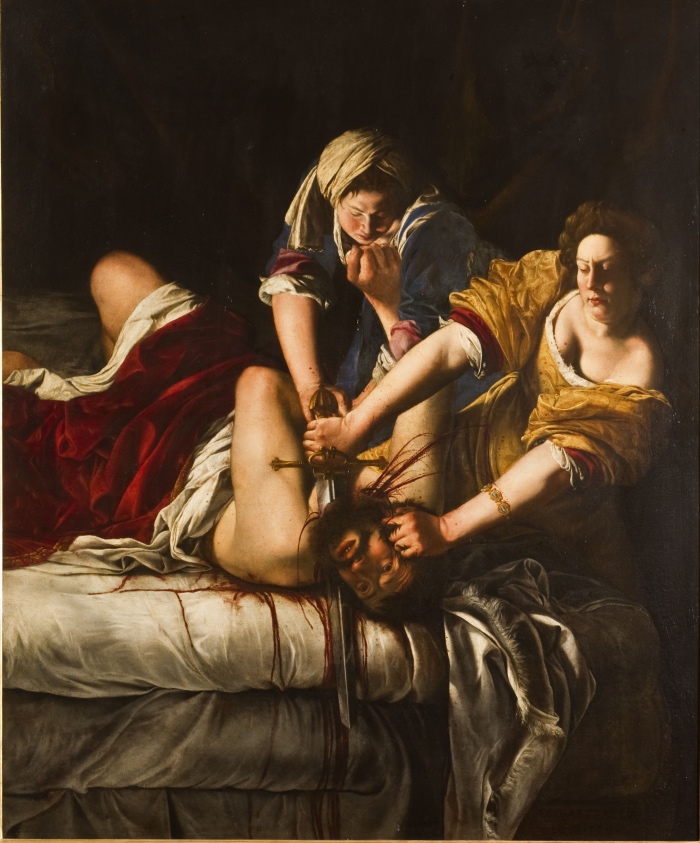
Artemisia Gentileschi Giuditta che decapita Oloferne, 1620-21 ca. Olio su tela, 199×162,5 cm Firenze, Gallerie degli Uffizi Gabinetto Fotografico delle Gallerie degli Uffizi
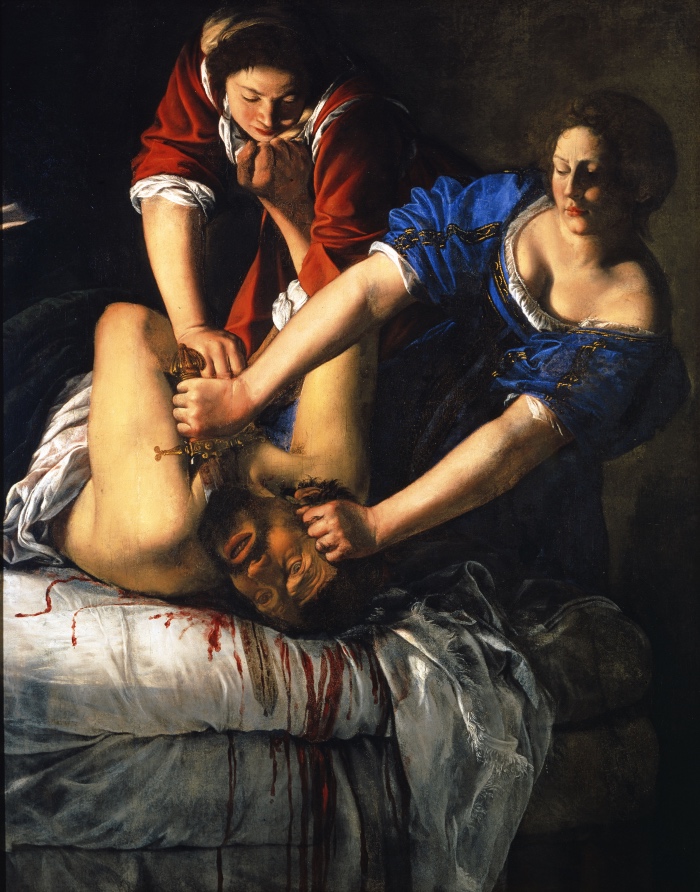
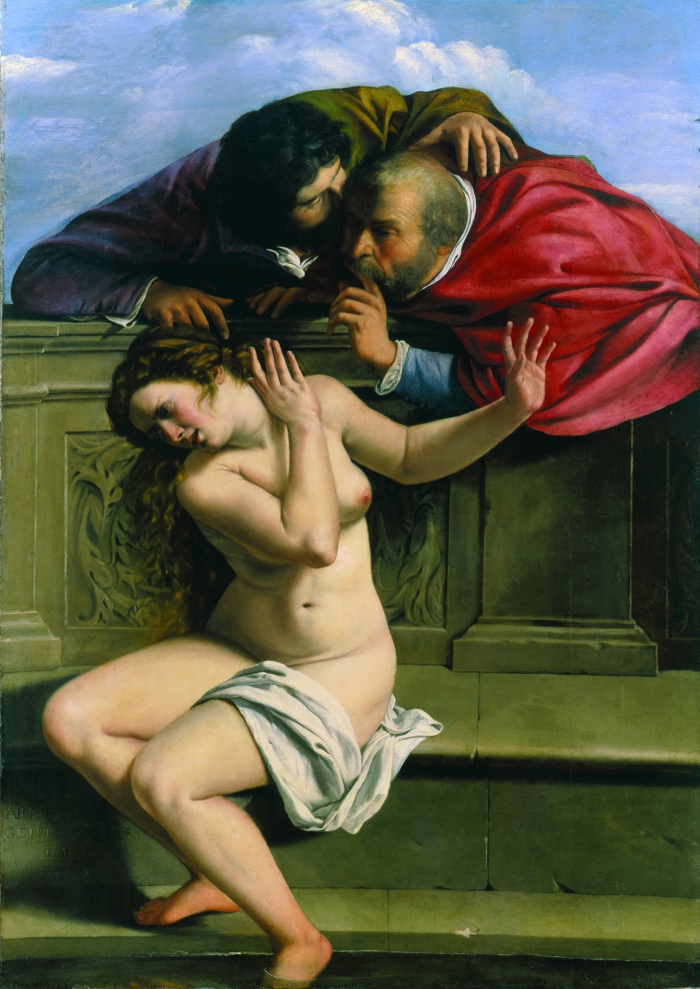
Artemisia Gentileschi Susanna e i vecchioni, 1610Olio su tela, 170×119 cm Pommersfelden, Kunstsammlungen Graf von Schonborn Kunstsammlungen Graf von Schönborn, Pommersfelden – Photo Michael Aust L’opera sarà presente in mostra fino a fine marzo
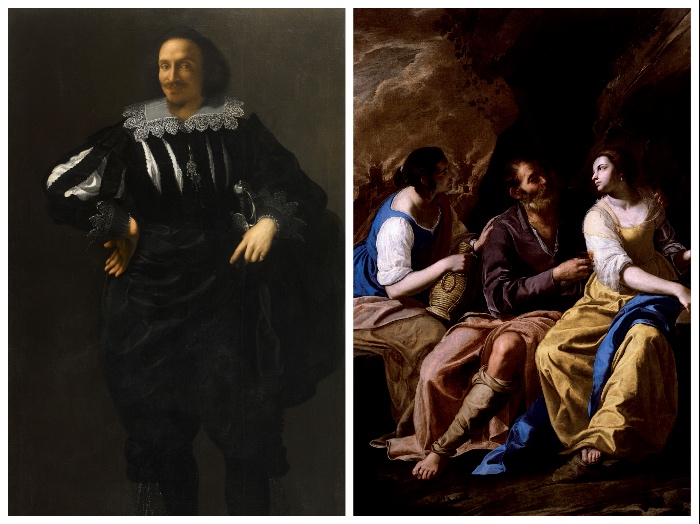
rtemisia Gentileschi Ritratto di Antoine de Ville, 1627Olio su tela, 204,5×109,2 cm Collezione privata ©Art Photo Studio di Manusard
Artemisia Gentileschi e Bernardo Cavallino Loth e le figlie, 1635-37 ca. Olio su tela, 230,5×183 cm Toledo, lent by the Museum of Art, Clarence Brown Fund ©Toledo Museum of Art – Photo Richard Goodbody Inc.
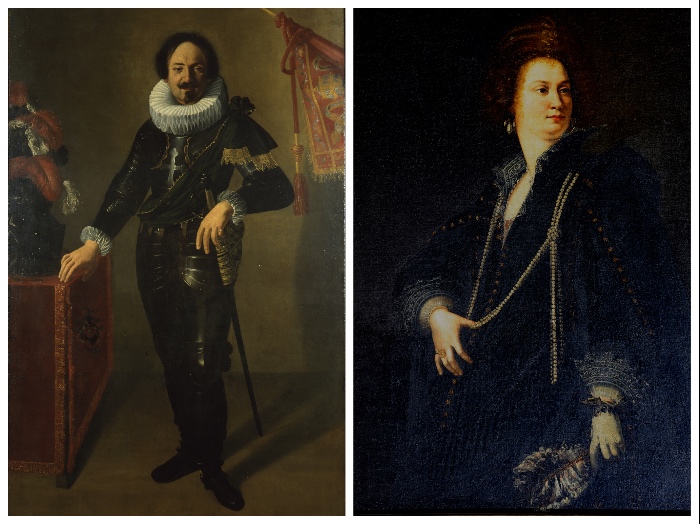
Artemisia Gentileschi Ritratto di gonfaloniere, 1622 Olio su tela, 208,4×128,4 cm Bologna, Collezioni comunali d’arte Archivio fotografico dei Musei Civici d’Arte Antica di Bologna.
Ritratto di dama con ventaglio, 1620-25 ca.Olio su tela, 127,5×95,3 cm Raccolte d’arte del Sovrano Militare Ordine di Malta © Sovrano Militare Ordine di Malta .
INFO
Artemisia Gentileschi e il suo tempo
30 november 2016 – 7 may 2017
Museo di Roma
LINK
http://www.museodiroma.it
Follow me on:
About me
In this blog, I don't explain the history of art — I tell the stories that art itself tells.


